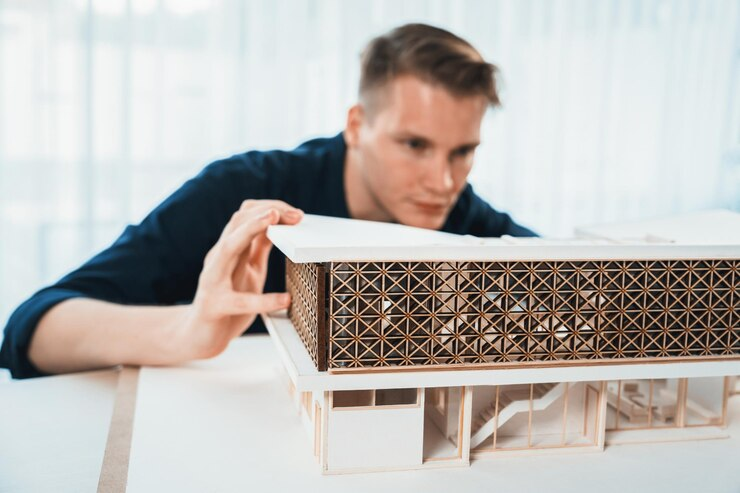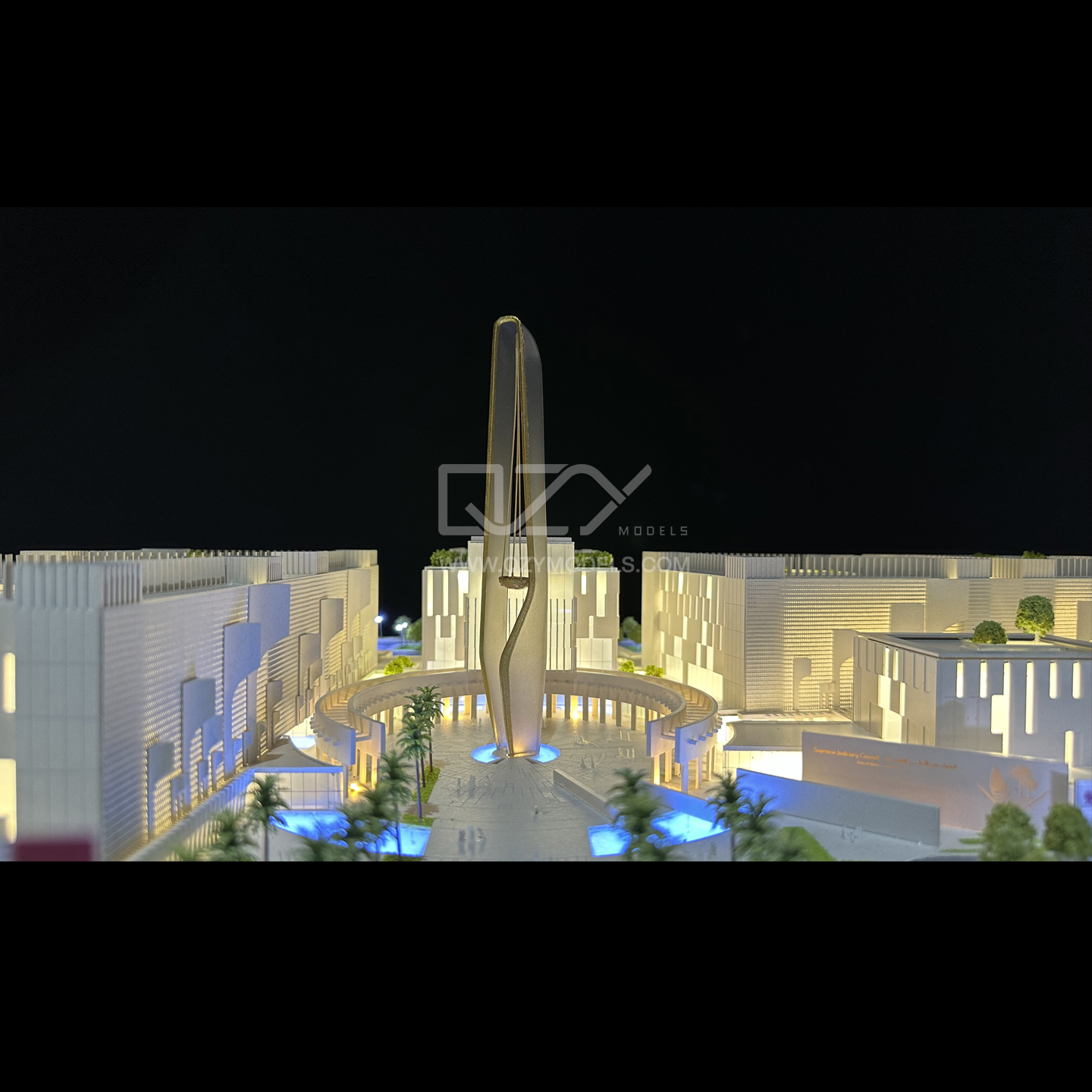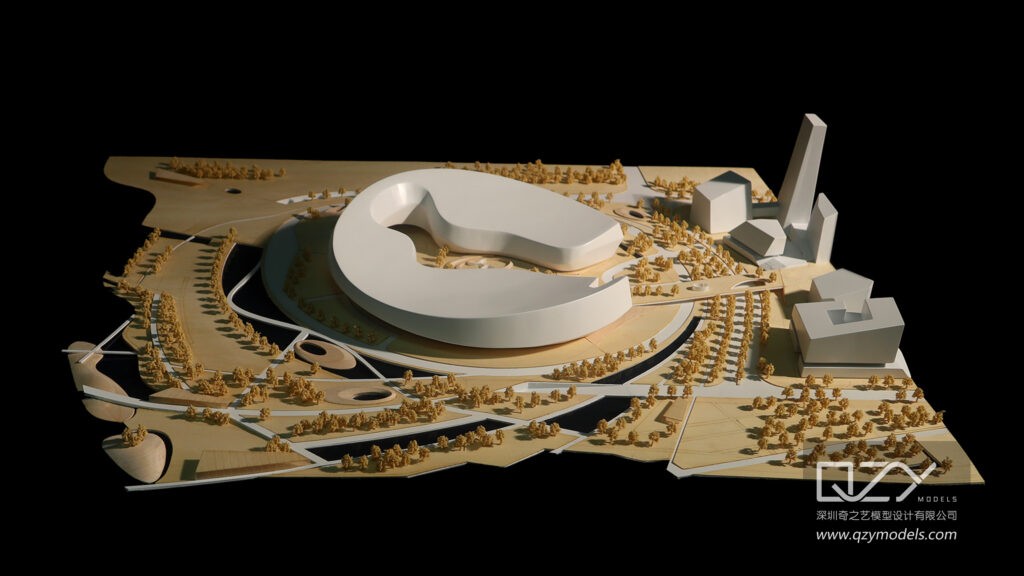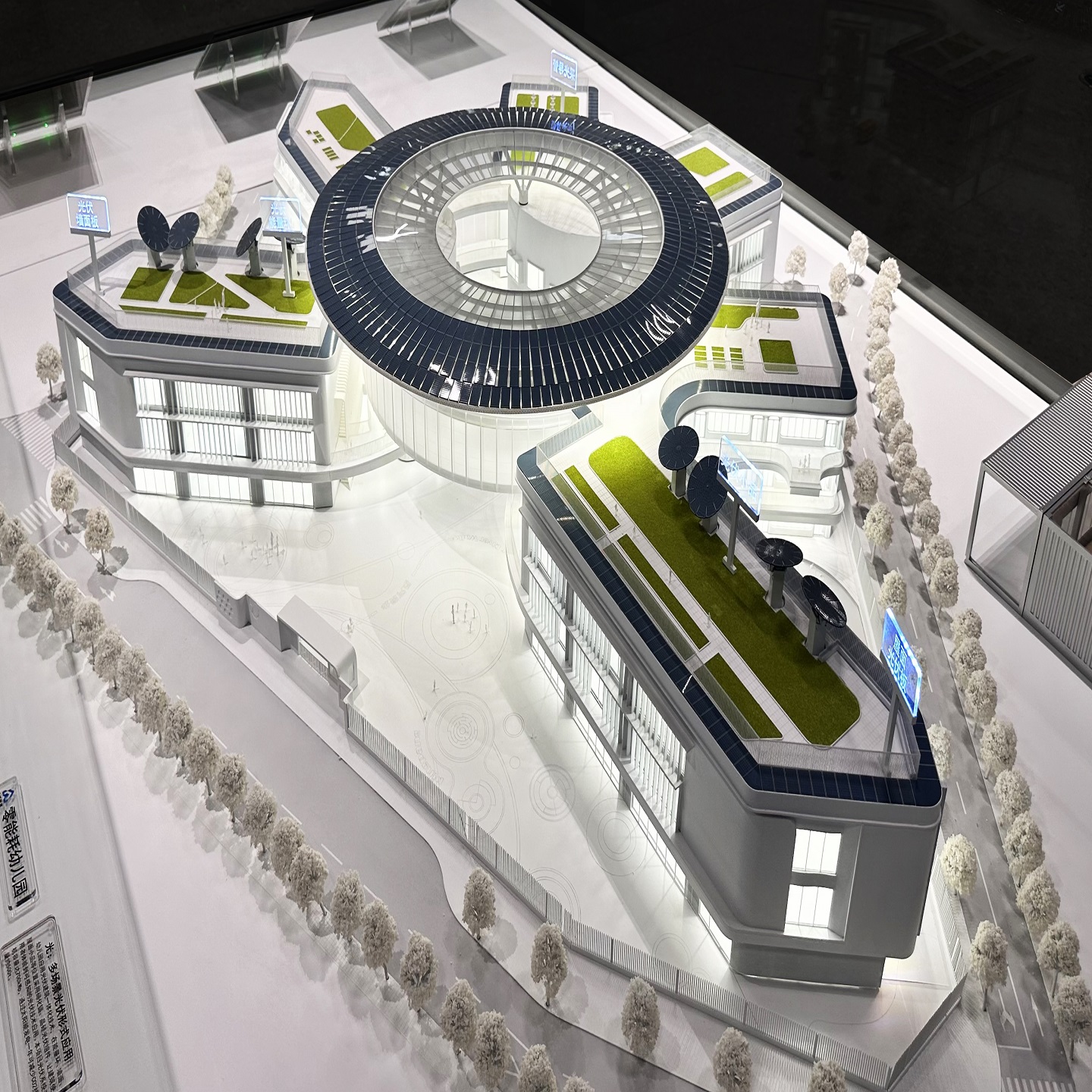Introduction:
Architectural design is a multidimensional art form that thrives on the intricate interplay of layers and three-dimensional elements. Model making, as a crucial aspect of the design process, serves as a tangible representation of an architect’s vision. In this article, we explore the significance of restoring the layered and three-dimensional sense in architectural models, emphasizing the pivotal role played by model makers.
Capturing Depth in Design: The Essence of Layering
Layering is fundamental to architectural design, providing a nuanced sense of depth and dimensionality. Model makers, often regarded as architects in miniature, are tasked with capturing this essence in their creations. Through meticulous layering of materials, textures, and details, model makers breathe life into designs, ensuring that each layer contributes to the overall richness of the architectural model.
Material Selection for Depth: The Model Maker’s Palette
The model maker’s palette extends beyond colors and textures; it encompasses the thoughtful selection of materials that enhance the layered effect. From transparent acrylics to opaque woods and everything in between, the model maker strategically chooses materials that not only replicate the intended textures but also contribute to the layering, bringing the design to life in a tangible and visually stunning manner.
Precision in Scale: Scaling Down for Impact
Achieving a layered and three-dimensional sense in model making requires precision in scaling down architectural elements. Model makers skillfully shrink complex designs into miniature forms, ensuring that each layer retains its significance in the reduced scale. The ability to maintain proportional relationships between layers is a testament to the expertise of the model maker.
Incorporating Topography and Landscape: Elevating Realism
Architectural designs are not isolated entities; they exist within landscapes and topographies. Model makers infuse realism by incorporating layers that represent the natural context of the building. Whether it is rolling hills, bodies of water, or urban landscapes, these additional layers add depth, context, and a sense of place to the architectural model.
Diligence: The Model Maker’s Artistry
The devil is in the details, and model makers are artisans who excel in capturing the minutiae that contribute to the layered and three-dimensional feel of architectural models. From intricate facades to exquisitely crafted interiors, the meticulous attention to detail elevates the overall design, allowing viewers to explore and appreciate the complexity within each layer.
Utilizing Technology for Precision: 3D Printing and Beyond
Modern model makers leverage technology to enhance precision in layering. 3D printing, laser cutting, and other advanced techniques enable model makers to reproduce intricate details with unparalleled accuracy. This integration of technology ensures that the layered and three-dimensional aspects of the design are faithfully translated from concept to physical model.
Conclusion:
Restoring the layered and three-dimensional sense in architectural model making is a testament to the skill and artistry of model makers. As architects in miniature, they breathe life into designs by carefully layering materials, scaling down with precision, and infusing realism. The result is not just a model but a tangible representation of architectural brilliance, where each layer tells a story and contributes to the overall narrative crafted by the skilled hands of a model maker.








